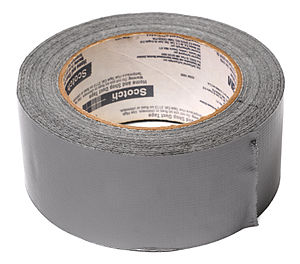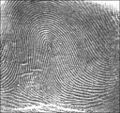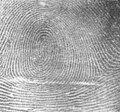Forensic hair and fiber analysis was developed into an established science in the early 1900's. Publications by John Glastier and John Hicks made it possible for the scientific community to realize that hair and fiber analysis was no pseudoscience and was actually valid. Since then hair and fiber analysis has fluorished, and testing ranges from identifying the type of hair or fiber to DNA.
Major Types of Fiber:
Cotton- Cotton is a type of organic or natural fiber that is soft and fluffy. It is made out of almost entirely pure cellulose.
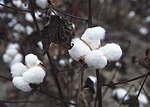
Nylon- Nylon is a synthetic fiber which is often used for certain articles of clothing. It is one of the most commonly used polymers in the world.
Polyester- A category that refers to polymers that contain the ester funtional group, but most often refers to polyethylene terephthalate. Polyester is used in things from clothing to household materials such a linens.

Silk- A natural protein fiber which can be woven into textiles, Silk is obtained from the cacoons or larvae of the Mulberry Silkworm.
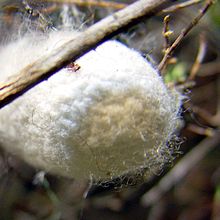
Wool- Wool can be obtained from different types of animals, but most commonly sheep. It is a fiberous protein and is considered to be very crimpled and elastic.

Methods for Collecting Hair/Fiber:
There are a few different ways to collect hair and fiber from different surfaces. If you're looking for an individual fiber in an iscolated location you can use tweezers. One method which involves carpet uses duct tape, which is ripped from the carpet to collect different fibers that were caught in the fibers of the carpet.
Analyzing Hair/Fiber:
To analyze the visual properties of hair and fiber you simply put a dry piece of hair under the miscroscope and observe. You can tell what type of hair it is and if it has any damaging from pulling or coloring. To test for the DNA properties of the hair you would have to do further chemical testing on the sample.
